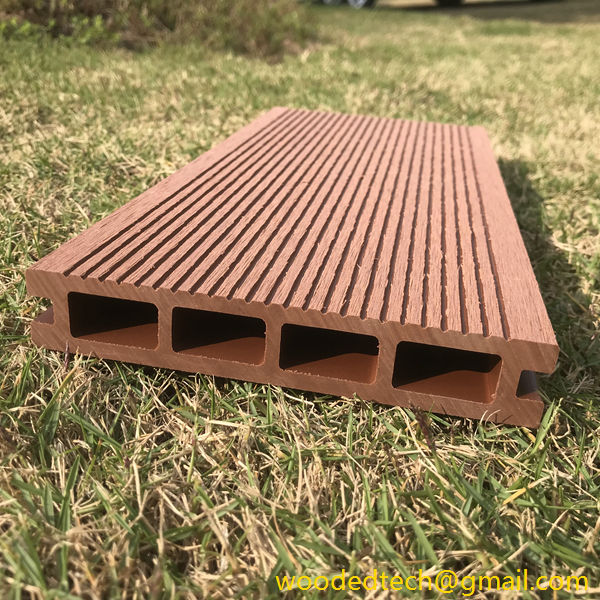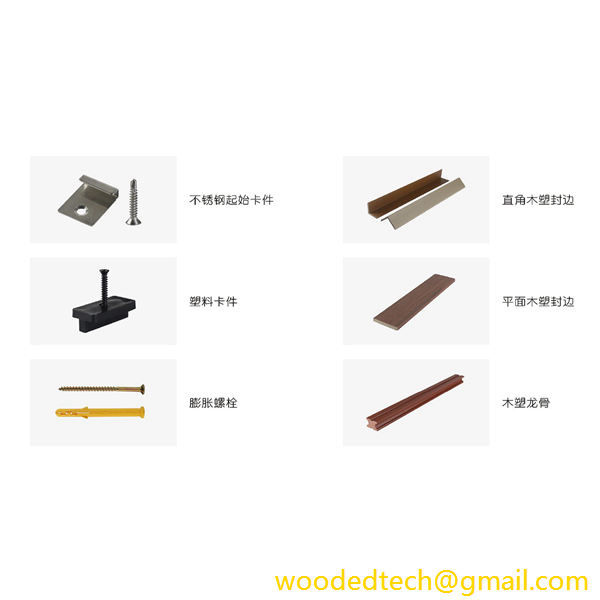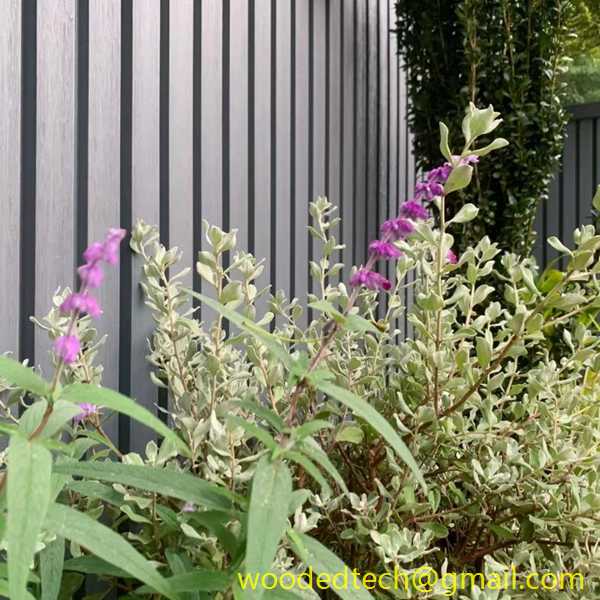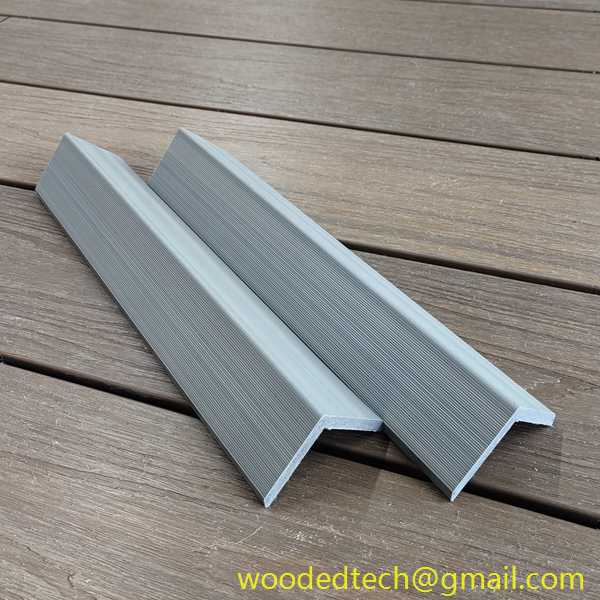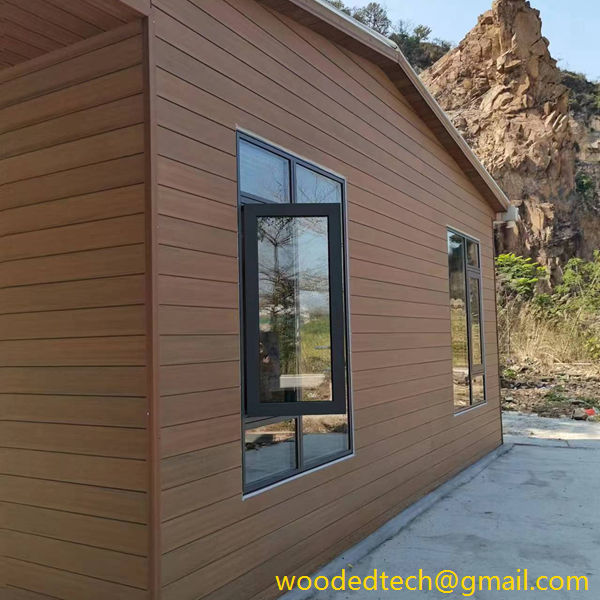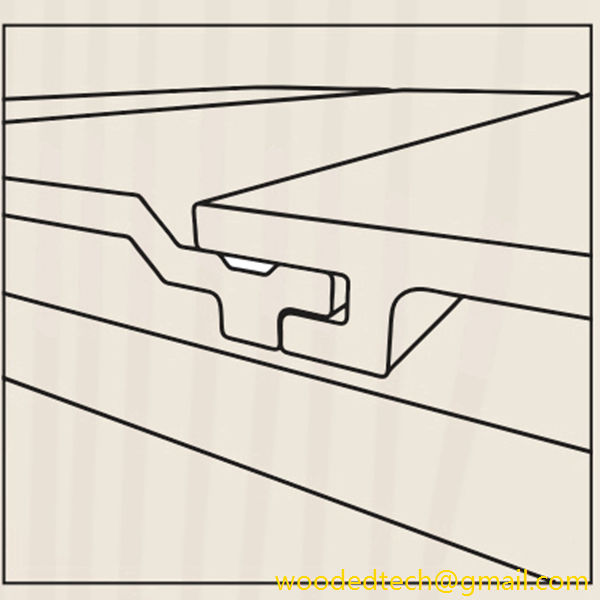Explore the Range of WPC Composite Products Available
Wood Plastic Composite, commonly known as WPC, has gained significant popularity in recent years due to its unique combination of properties derived from both wood and plastic. The range of WPC composite products available is vast, catering to various applications in construction, landscaping, and consumer goods. Understanding the materials’ performance characteristics is crucial for selecting the right product for specific needs.
One of the most notable advantages of WPC is its resistance to moisture and decay. Traditional wood products are prone to rotting when exposed to water, making them less suitable for outdoor applications. In contrast, WPC is engineered to withstand the elements, making it ideal for decking, fencing, and outdoor furniture. The presence of plastic in the composite structure helps prevent water absorption, thereby reducing the risk of warping and splitting over time.
In addition to moisture resistance, WPC products exhibit excellent durability. The composite is typically resistant to insects and pests, such as termites, which can devastate traditional wood structures. This durability extends the lifespan of WPC products, making them a cost-effective choice over time. Homeowners and builders can invest in WPC products with confidence, knowing that they will require less maintenance and replacement compared to conventional wood.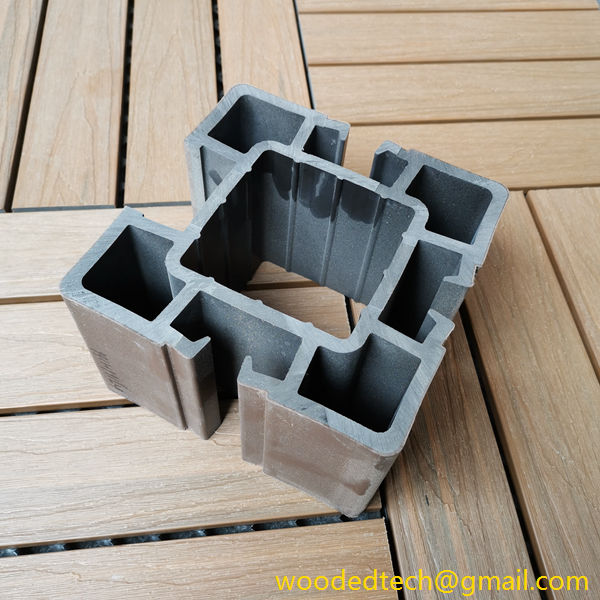
The aesthetic appeal of WPC is another significant factor contributing to its popularity. Manufacturers often produce WPC in a variety of colors and finishes that mimic the look of natural wood. This allows consumers to achieve the desired aesthetic without sacrificing performance. The ability to maintain color over time without fading is a considerable advantage, as it ensures that the appearance of WPC products remains attractive for years. This visual versatility makes WPC suitable for various applications, including residential decking, commercial boardwalks, and decorative features.
Another critical aspect of WPC is its environmental impact. As awareness of sustainability grows, many consumers seek eco-friendly alternatives to traditional materials. WPC is often made from recycled wood fibers and plastic, reducing the demand for virgin materials and minimizing waste. This recycling aspect appeals to environmentally conscious consumers, as it supports a circular economy. Furthermore, WPC products can be recycled at the end of their life cycle, which aligns with modern sustainability practices.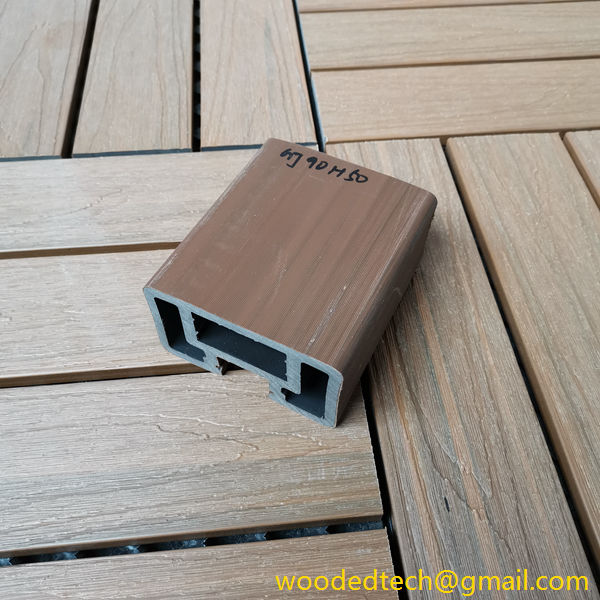
The performance characteristics of WPC also include its resistance to fading, staining, and scratching. Unlike wood, which can easily be damaged by UV rays, spills, and heavy foot traffic, WPC is designed to withstand these challenges. The surface of WPC products is often treated to provide additional protection, ensuring that they maintain their integrity and appearance even in high-traffic areas. This resilience makes WPC a popular choice for both residential and commercial applications.
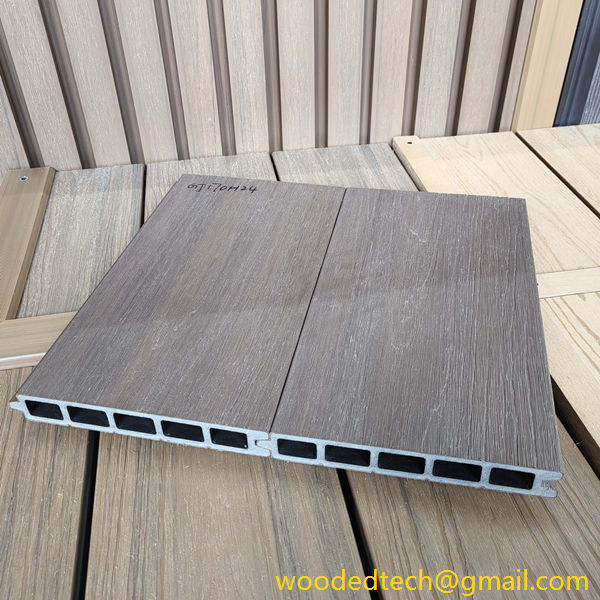
In terms of installation and maintenance, WPC offers significant advantages over traditional wood. The lightweight nature of WPC products simplifies handling and installation, reducing labor costs. Additionally, WPC does not require regular sealing or staining, which can be time-consuming for wood products. A simple wash with soap and water is often sufficient to keep WPC looking clean and new, making it a low-maintenance option for busy homeowners and property managers.
WPC products are available in various forms, including decking boards, railing systems, fencing panels, and siding. Each product is designed with specific performance attributes to meet the needs of different applications. For example, decking boards are often engineered to provide slip resistance, making them safer for poolside areas and outdoor living spaces. Fencing panels may be designed for added strength and privacy, while railing systems can incorporate features that enhance safety without compromising aesthetics.
As the market for WPC continues to evolve, manufacturers are exploring new formulations and product designs to enhance performance further. Innovations may include incorporating additives that improve fire resistance, enhance color retention, or increase structural integrity. These advancements ensure that WPC remains a competitive option in the building materials market, appealing to a wide range of consumers and applications.
In conclusion, the range of WPC composite products available today reflects the versatility and performance capabilities of this innovative material. With benefits such as moisture resistance, durability, aesthetic appeal, and environmental sustainability, WPC is becoming a preferred choice for various applications. Whether for residential or commercial use, understanding the performance characteristics of WPC can guide consumers in selecting the right products to meet their specific needs. As technology and design continue to advance, the future of WPC looks promising, offering even more options for those seeking high-performance building materials.

